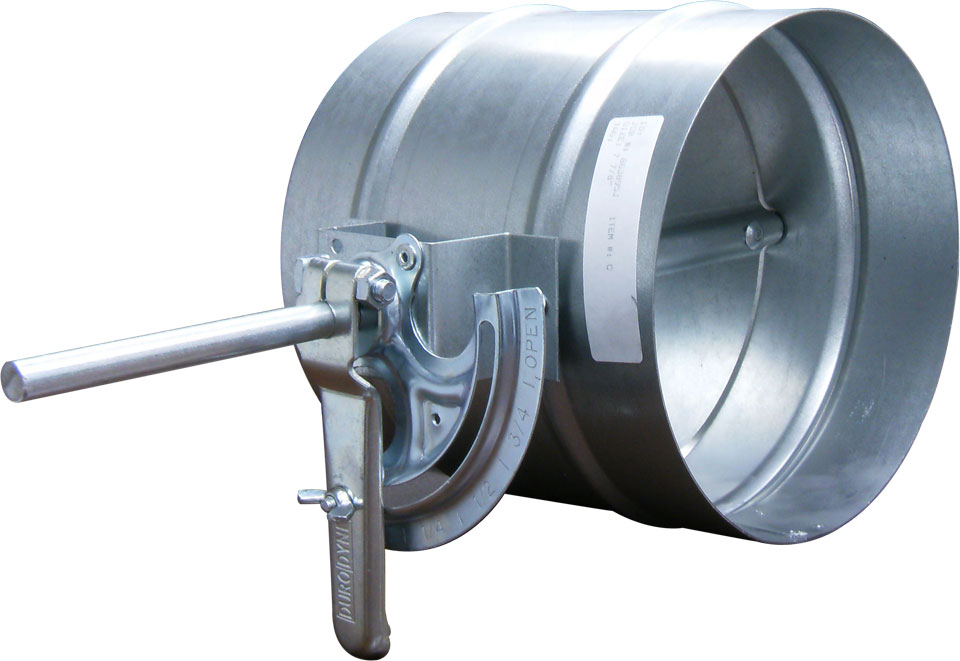Found a steel rod about 3/8" diameter with a duct mounted bracket and set screw protruding from the duct work for a dental office. The rod can be moved in and out; I do not have any pics, unfortunately. Short of removing the drop ceiling and cutting open the ductwork; what is it? A Baffle? A old school mechanical damper? Tried researching online and through Youtube, but no luck.

vaquero
airflow diverter???
vaquero
Discussion starter
169 posts
·
Joined 2003
- Add to quote Only show this user
Found a steel rod about 3/8" diameter with a duct mounted bracket and set screw protruding from the duct work for a dental office. The rod can be moved in and out; I do not have any pics, unfortunately. Short of removing the drop ceiling and cutting open the ductwork; what is it? A Baffle? A old school mechanical damper? Tried researching online and through Youtube, but no luck.
5,350 posts
·
Joined 2003
It's an "old school mechanical damper", also known as a "balancing damper". If you've been doing this kind of stuff since 2003, is this seriously the first time you've ever heard of a balancing damper?
I'm guessing it looked something like this?
![Image]()
I'm guessing it looked something like this?

574 posts
·
Joined 2006
it's called a --spitter damper-- push in and out and see if you feel any resisstance. used to send more or restrict air flow to one section of duct instead ot the other. see if you can determine what portion of the house each branch of duct supplies air to and adjust acordingly. Or just call your local contractor.
vaquero
Discussion starter
169 posts
·
Joined 2003
Thank you! It’s for a dental office. I noticed when pulling it choked airflow to the area where we wanted more. I was using my TSI airflow hood checking the airflow and we made a great improvement and made the clients happy. I haven’t seen a one in almost 25 years. Thanks again Micdundee!
11,994 posts
·
Joined 2009
Yes, that is a splitter damper....and it is used to control or divert airflow (sometimes at a T fitting...etc..) to help achieve design airflow in the ductwork...
That splitter is adjusted to achieve design airflows...then locked down never to be touched again.....
It should be marked in some manner at the point where it was set and then locked down tight....
That splitter is adjusted to achieve design airflows...then locked down never to be touched again.....
It should be marked in some manner at the point where it was set and then locked down tight....
You have insufficient privileges to reply here.
-
?
-
?
-
?
-
?
-
?
-
?
-
?
-
?
-
?
-
?
-
?
-
?
-
?
-
?
-
?
-
?
-
?
-
?
-
?
-
?
- posts
- 5M
- members
- 275K
- Since
- 2000
The #1 HVACR Community



